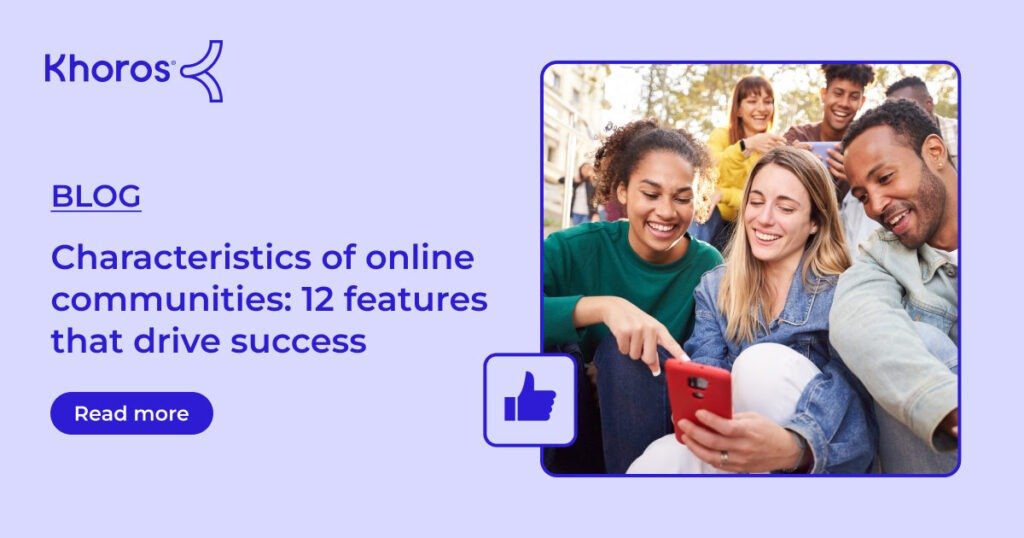
Many creators are turning to membership communities as a means of unlocking recurring revenue and providing high-quality experiences for their fans. To be successful, it’s crucial that creators understand which factors drive paid members towards engagement and which tactics will ensure continued subscriptions.
Recruitment of new members is one of the greatest challenges of every community; this is especially true of online communities.
1. Subscription Models
Subscription models provide creators with a great way to monetize the relationships they’ve cultivated with their audience. Offering things such as community discussions, exclusive livestreams and members-only challenges will allow you to strengthen those bonds while increasing engagement and increasing product value – this type of value add can increase customer lifetime value while simultaneously decreasing churn rate (memberships with communities experience two times less churn).
Subscription services typically generate recurring revenue with monthly or annual subscription fees, creating an atmosphere of loyalty among your subscribers and helping ensure better retention, ultimately increasing profitability overall.
Acquiring and converting new customers can be an immense challenge for these types of businesses, since many consumers may find it difficult to justify paying for benefits they once received for free – which makes sustaining healthy recurring revenues and profitability challenging.
That is why it is crucial that your subscriber churn rate remain low. Satisfied customers remain loyal and bring in new business in the long run; furthermore they act as brand advocates by spreading word of your service among friends and family members. Furthermore, keeping subscriber churn rates down will allow for sustainable content production that balances community building with profit generation and expansion.
2. Done-For-You Resources
There are plenty of resources out there to assist with building online communities; but which is best and worth your while?
Based on your product or service, membership models that provide members with ready-made content could be the key to unlocking member engagement. Content feeds could be distributed regularly such as weekly exclusive newsletters or triggered based on user activity (for instance completing an online course). Quartz is an example of a business news website that uses this type of membership model effectively.
Your community could also benefit from creating a membership model with additional paid-for resources or services, like live Q&A sessions with team members, expert consultations and progress tracking tools. Doing this adds additional value and can spark increased engagement by both bringing in new members while keeping existing ones active.
Attracting new members is critical to sustaining online communities; distinguishing your identity can draw in those committed to its goals and values while encouraging retention by having members share its benefits with other. This phenomenon is known as legitimate peripheral participation and it helps you meet your community goals more easily. Ultimately, you should set clear KPIs (key performance indicators) to evaluate its growth.
3. Accountability
Membership communities provide a valuable means of creating accountability among members. In many instances, membership communities are designed specifically for users’ roles, interests and goals to offer them a tailored experience with increased levels of satisfaction and frequent engagement. Paid membership communities also provide an ongoing revenue source allowing independent creators to easily sustain and grow over time.
Most online communities include an exclusive member-only element that enhances their perceived value. From private community forums and Facebook/Slack group membership to all-in-one project management software solutions such as Basecamp, these solutions are tailored specifically to cater to their target market’s needs, creating a sense of exclusivity among user community that encourages recruitment and retention efforts.
Like running a restaurant, online communities require several elements in order to be successful. They require quality products, engaging content, and a team dedicated to supporting them – all of which must come together seamlessly for them to flourish. But setting clear expectations about how your community should operate and holding all members accountable for upholding its integrity are of equal importance – though exactly how this looks might change depending on what membership offering is chosen.
4. Group Coaching
Instead of solely relying on social media platforms for engaging your target market, a membership community provides dedicated space for your most passionate fans to interact and engage with your brand for a recurring fee. Not only can it build trust among members but it can also collect vital member data that can help shape personalized content creation efforts.
Some membership communities provide group coaching as a core part of their services, like the Run Experience Community which connects runners worldwide to professional coaches and fellow athletes. There are also mastermind groups and online courses dedicated to coaching businesses or careers as well as weight loss programs and entrepreneurial training that offer group coaching programs.
Group coaching aims to provide participants with activities, exercises, and experiences designed to facilitate learning and development. Often done using high-gain questions to challenge underlying assumptions, create discussion topics, increase interpersonal connections between members of the group, or support systems thinking.
While there may be the risk of one or a few people dominating discussions, this can be mitigated through offering a structured agenda with clear participation rules and monitoring tenor of conversations to prevent issues like negativity and trolling – creating an effective method to attract and retain participants within a community. Group coaching offers another solution for increasing community membership retention.

